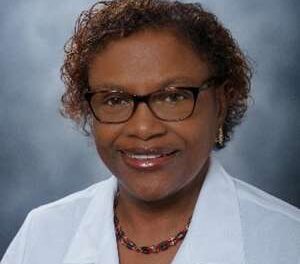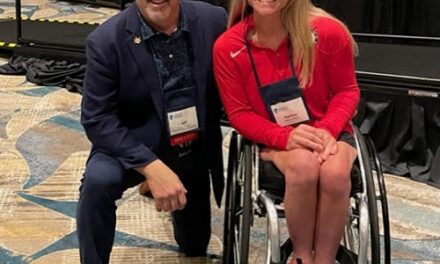 Seeing truly is believing when it comes to eye surgery. Dr. Orlando Galindez, a board-certified ophthalmology surgeon at Coral Gables Hospital and Hialeah Hospital, now performs cataracts surgery using the AcrySof® ReSTOR® lens implant, the latest technology in cataract lenses.
Seeing truly is believing when it comes to eye surgery. Dr. Orlando Galindez, a board-certified ophthalmology surgeon at Coral Gables Hospital and Hialeah Hospital, now performs cataracts surgery using the AcrySof® ReSTOR® lens implant, the latest technology in cataract lenses.
Cataracts is a condition in which cloudiness appears in the eye lens that blocks light into the eye and impairs vision. The condition is often a result of the aging process, although eye injury, some medications and other health problems such as diabetes may cause it as well.
“Over time, the lens in the eye yellows and turns opaque, much like the Declaration of Independence,” said Dr. Galindez. “It was first written on clear, white paper, but it has now yellowed with time.” Although varying forms of cataract surgery can be found throughout history, it wasnt until the late 1970s and early 1980s that cataract removal surgery as it is known today became popular. At that time, lens implants were developed. Unfortunately, many times, the implants damaged the cornea, and patients often needed corneal transplants.
The idea of the implant was to restore vision to the patient so they would be able to function without glasses, or at least reduce their need.
“At that time, spectacles were so thick that they caused optical distortion,” Dr. Galindez said. “The implants provided about 90 percent of the prescription inside the eye, and the glasses would cover the other ten percent.”
Soon after, doctors developed a way to remove cataracts through a very small incision in the eye. Also around this time, a foldable lens was introduced, allowing for the new lens to be inserted into the eye through the same small incision used to remove the affected lens. Cataract surgery was now safer, because the need to completely open the eye was virtually eliminated.
“Cataract surgery using micro-incision allowed for a much faster recovery time for patients,” Dr. Galindez said.
Until recently, the lenses available posed one major problem. The interocular lenses of the past only allowed the patient to see at one focal distance, far away or nearby. Because of this, many people would undergo surgery so that they could see close distances with one eye and further distances with the other. Now, thanks to the AcrySof® ReSTOR® lens, patients can enjoy improved sight from different distances with both eyes. The center of the lens is uniquely constructed with co-centric rings of varying depth that allow light to bend differently into the eye. This lets some light rays to focus for far sight and others for near.
“This technology allows us to give the patient the visual characteristics of a 30-year-old,” Dr. Galindez said.
The procedure takes only seven to ten minutes per eye and requires only topical drops for anesthesia. There isnt much of a recovery period, although Dr. Galindez advises that some people go through an adjustment period to get used to the improved vision.
As with any medical procedure, there are some risks. There is a slight possibility that the patient may experience some glaring of lights at night. Also, there is a slight risk of infection from the procedure itself.
Although cataracts surgery can greatly improve someones vision, not everyone is a good candidate for it. A potential patient must have fairly good eye health aside from the cataracts in order to undergo the procedure. Diabetes, macular degeneration, high astigmatism and diminished vision are some of the factors that may disqualify a patient from proceeding with the surgery.
Post Views: 707
 Seeing truly is believing when it comes to eye surgery. Dr. Orlando Galindez, a board-certified ophthalmology surgeon at Coral Gables Hospital and Hialeah Hospital, now performs cataracts surgery using the AcrySof® ReSTOR® lens implant, the latest technology in cataract lenses.
Seeing truly is believing when it comes to eye surgery. Dr. Orlando Galindez, a board-certified ophthalmology surgeon at Coral Gables Hospital and Hialeah Hospital, now performs cataracts surgery using the AcrySof® ReSTOR® lens implant, the latest technology in cataract lenses. 



























